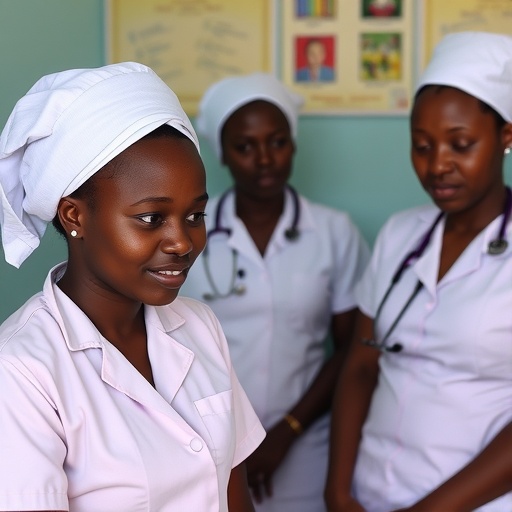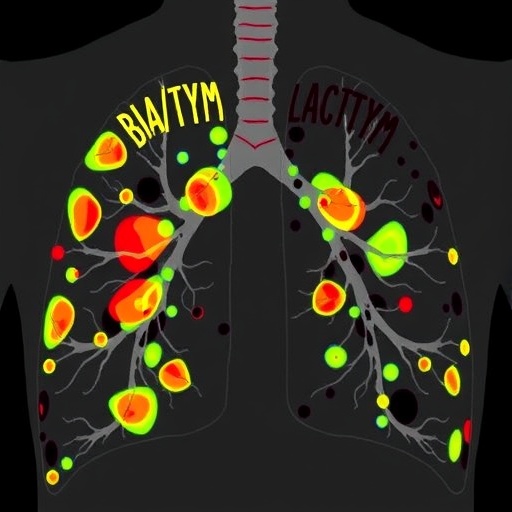Consistent adherence to physical activity guidelines throughout middle-age is associated with a higher health-related quality of life in women, according to a new study publishing May 2nd in the open-access journal PLOS Medicine by Binh Nguyen of University of Sydney, Australia, and colleagues.

Credit: Pixabay, Pexels (CC0, https://creativecommons.org/publicdomain/zero/1.0/deed)
Consistent adherence to physical activity guidelines throughout middle-age is associated with a higher health-related quality of life in women, according to a new study publishing May 2nd in the open-access journal PLOS Medicine by Binh Nguyen of University of Sydney, Australia, and colleagues.
The evidence for an association between physical activity and health-related quality of life has been based primarily on cross-sectional studies and short-term randomized controlled trials. Few longitudinal studies have measured physical activity at more than one time point and examined the long-term causal effects of exercise.
In the new study, researchers used data collected at three-year intervals beginning in 1996 from 11,336 participants in the Australian Longitudinal Study on Women’s Health. Women were born in 1946 through 1951, making them 47 to 52 years old at the study outset. Participants were classified as either meeting WHO physical activity guidelines — of 150 minutes of activity a week — consistently throughout the fifteen-year exposure period, not initially meeting the guidelines but starting to meet them at age 55, 60 or 65, or never meeting the guidelines. Health-related quality of life was assessed using the physical health composite score (PCS) and mental health composite score (MCS) from the Short Form 36 Health Survey, which includes 36 questions about functional health and well-being.
On average, people who consistently met physical activity guidelines and those who first started to meet guidelines at age 55 had a three-point higher PCS (46.93 [95% CI 46.32 to 47.54] and 46.96 [95% CI 45.53 to 48.40], respectively), compared to those that did not meet physical activity guidelines (43.90 [95% CI 42.79 to 45.01]). The effect of physical activity on the PSC was significant even after controlling for socioeconomic factors and pre-existing health diagnoses. However, there was no significant association between physical activity and MCS.
“Combined with existing evidence, this study contributes to growing evidence of the benefits of maintaining or adopting an active lifestyle in mid-age,” the authors say. “An important public health message is that being active for as many years as possible, even if women start to meet physical activity guidelines in their mid-50s, could have important health benefits in terms of physical health, especially in physical functioning.”
The authors add, “Our study shows that it’s important for women to be active throughout mid-age to gain the most benefits for physical health in later life. Ideally, women should increase their activity levels to meet the guidelines by age 55.”
#####
In your coverage, please use this URL to provide access to the freely available paper in PLOS Medicine: http://journals.plos.org/plosmedicine/article?id=10.1371/journal.pmed.1004384
Citation: Nguyen B, Clare P, Mielke GI, Brown WJ, Ding D (2024) Physical activity across midlife and health-related quality of life in Australian women: A target trial emulation using a longitudinal cohort. PLoS Med 21(5): e1004384. https://doi.org/10.1371/journal.pmed.1004384
Author Countries: Australia
Funding: The Australian Longitudinal Study on Women’s Health is funded by the Australian Government Department of Health. GIM is supported by a National Health and Medical Research Council Investigator Grant (APP2008702). DD is funded by an Emerging Leader Fellowship from the National Health and Medical Research Council (2009254) and an Early-Mid Career Researcher Grant under the New South Wales Cardiovascular Research Capacity Program. The funders had no role in the study design, data collection and analysis, decision to publish, or preparation of the manuscript.
Journal
PLoS Medicine
DOI
10.1371/journal.pmed.1004384
Method of Research
Observational study
Subject of Research
People
COI Statement
Competing interests: The authors have declared that no competing interests exist.




